This is a forest national park situated in the south-western part of Rwanda, bordering Burundi. The park sits on an area of about 1020 sq. kilometres at an elevation of 1600-2950m above sea level. It’s the best-reserved montane rainforest with an important water catchment area. The forest harbours 13 primate species and over 500 chimpanzees. Tracking chimpanzees is enjoyable, creating a memorable lifetime experience for visitors. It’s normally done in the morning hours and begins near Cyamudongo at 4:30 am, though in Rwanda tracking starts at 5:30 am since Rwanda is on the central African time. Rwanda is diving into the tourism market and thus Nyungwe National Park – is Rwanda’s Primates haven. Safaris to Nyungwe National Park offer its visitors a unique opportunity to see up close the multiplicity of primate species that inhabit the Nyungwe grounds. Nyungwe in the southern part of Rwanda is the largest block of montane forest remaining in East and Central Africa.


Nyungwe National Park - Rwanda Primates Safaris
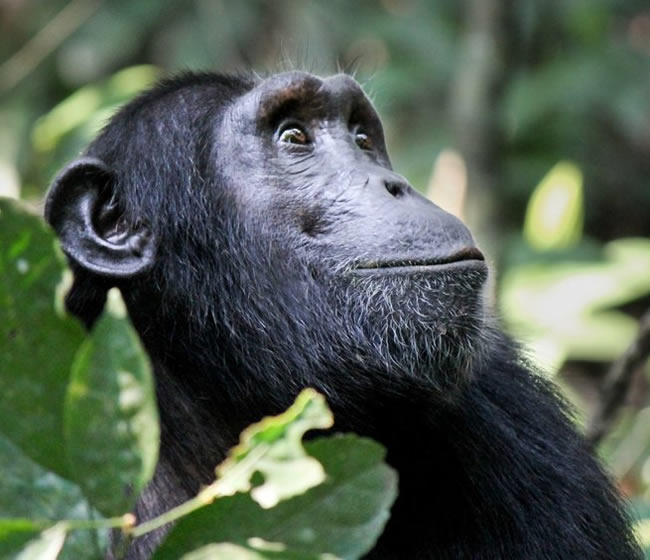
With the help of the ranger guide, you will move in the montane rain forest in search of these creatures. Chimpanzees unlike gorillas do not stay in one location, they continuously move and rest in new spots while jumping on tree branches and also on the ground making a lot of noise, hoots, and cackles which is not the same as the gorillas which are calm and gentle.
Note; It’s not a guarantee that you see the chimpanzees in Nyungwe forest and the chances are 50/50 a walk in this forest is an amazing adventure while in the great montane rain forest and if you encounter this creature the experience obtained is far much richer than the cost of the permits.
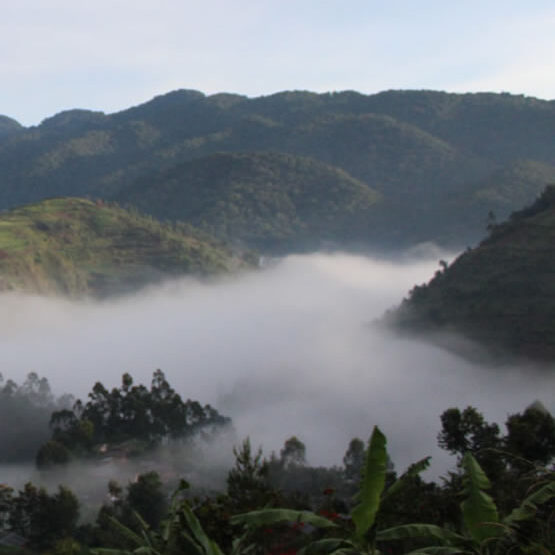
This is custom heading element
I am text block. Click edit button to change this text. Lorem ipsum dolor sit amet, consectetur adipiscing elit. Ut elit tellus, luctus nec ullamcorper mattis, pulvinar dapibus leo.
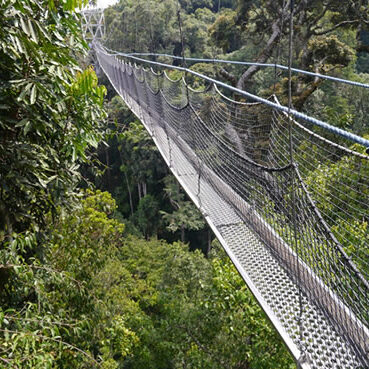
This is custom heading element
I am text block. Click edit button to change this text. Lorem ipsum dolor sit amet, consectetur adipiscing elit. Ut elit tellus, luctus nec ullamcorper mattis, pulvinar dapibus leo.
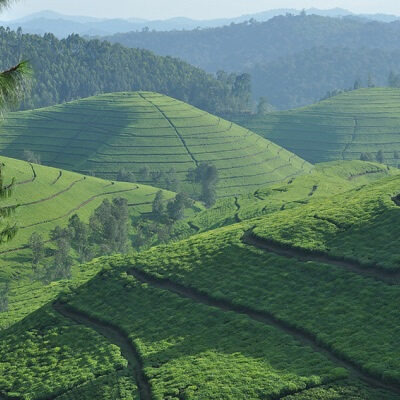
This is custom heading element
I am text block. Click edit button to change this text. Lorem ipsum dolor sit amet, consectetur adipiscing elit. Ut elit tellus, luctus nec ullamcorper mattis, pulvinar dapibus leo.
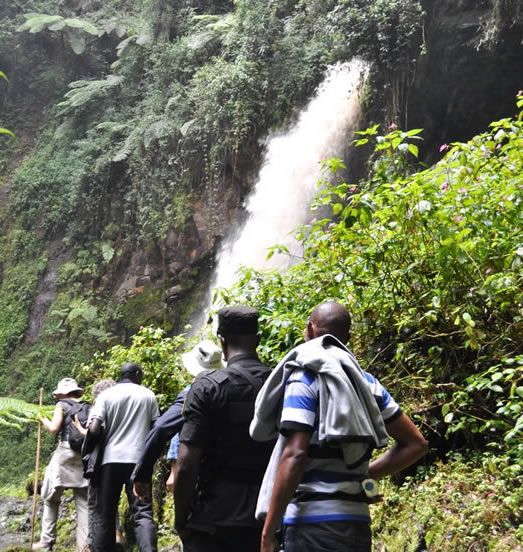
A closer look at Nyungwe National Park
With over 75 different species of mammals, 13 of which are primates, Nyungwe is a haven for wildlife. The major attraction is the population of chimps, which counts to about 500 individuals. Due to this distinction regarding the primate population, a few agencies and researchers intend to conduct research regarding chimpanzees, inclusive of other primates. The primary attraction at Nyungwe is the forest itself, and the number of potential trails through it is a reason to plan on spending several days here.
Most visitors in Nyungwe go to either the waterfall trail or the Kamiranzovu Marsh walk, each taking about three hours. However several longer or more specialized treks can greatly enhance your appreciation of the park with the longest going to Uwinka – about six hours. There are also backpacking treks, such as the two-day walk to Mount Bigugu and the slightly shorter walk to Rukungu, both of which involve camping.
Chances of sighting the habituated chimpanzees are low in Nyungwe forest due to the terrain nature, yet it’s the largest group. Chances are high in seeing these chimpanzees in the Cyamudongo forest, with a smaller group of 30 individuals compared to the 60 in the Nyungwe forest. During chimpanzee trekking, you will encounter numerous other primate species like the colobus and monkeys, we are of a view that you dress for the occasion in long-sleeved shirts, trousers, jungle boots, a hat, and a light jacket and always carry an umbrella. In addition, carry a parked lunch which will be taken in the forest, and at least two liter bottles of drinking water.



